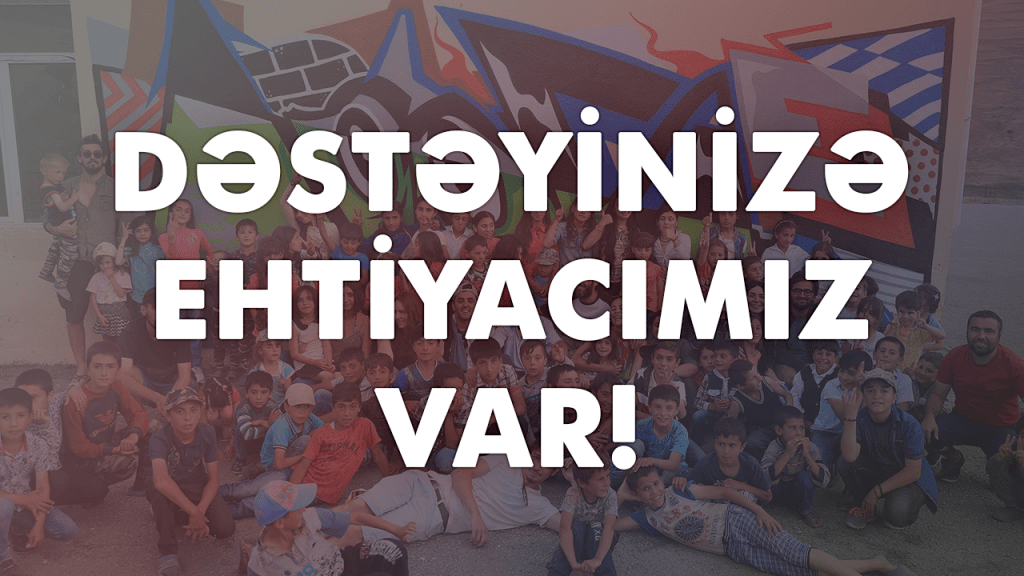Tattoos on the body and the concept of Muslims beauty

HOW CAN VISUAL COMMUNICATION HELP MUSLIM YOUTH OVERCOME THE STIGMATISED BEAUTY CONCEPTS SUCH AS TATTOOS?
Beautification of the human body including certain clothing, hairstyles, jewellery, piercings, tattoos and other markings about the body is practiced in many cultures and religions worldwide. Within the context of Islam as a religion as compared to the rest of the world, the beauty standards are often viewed as strict, or even restrictive. Excessive beautification standards prohibited by Islam in 600’s are going through obsolescence and are far behind the modern interpretation of beauty. The views against excessive beautification standards are often held by older generations in the Muslim community.
However, with rapid growth in technology and globalisation, the younger Muslim followers are more inclined to be interested in these trends, as they are being influenced by their non-Muslim world on a daily basis. While working on a project fighting a stigma related to music genre, an observation on the streets of London inspired me for digging into this topic particularly. Coming from conservative muslim family, I was impressed by the variety of tools that muslims use for self expression nowadays. Many youths in the Muslim community face backlash for making decisions to participate in certain beauty trends and concepts, which are stigmatised by the rest of the community.

There is a gap in research about methods to be used in order to reduce the stigma of certain beauty concepts in the Muslim community. Visual communication is defined as conveying of ideas through something that can be seen. Visual communication is an effective way to help reduce stigma by increasing appeal and engagement (Lazard et al., 2016). We are living in the world where discrimination based on sex, sexuality, ethnicity, race, religion or any other kind is unacceptable, so are the discriminations within the religious communities. If a century ago homosexuality was considered a crime, we can observe books, music, movies being directed on the topic for successful destigmatisation of the issue. Therefore, in order to reduce the stigma associated with certain beauty trends in the Muslim community, it may be worth trying to visually communicate these ideas by using people from that community. The concept of “tattoo being taboo” challenged my project since the beginning but at the same time pushed me to communicate with other muslims, to hear their stories and opinions on this topic.
As younger generations of Muslims are more exposed to the world outside their community, they have started questioning the interpretations of the texts and teachings that were passed down to them (Larsson, 2011). Therefore, the younger generations are considered to be transitional and problematic to the culture and religion as a whole (Williams and Kamaludeen, 2017).
One controversial topic is the Muslim stance on tattooing. Historically, this activity is considered to be haram (meaning that they are forbidden by Allah, the Islamic God) and against religious law (Larsson, 2011). “Muslim theologians justify their prohibition of tattooing by citing the following Quranic passage: ‘[Satan] will command them (his devotees) to change what Allah has created’ (Q4:119)”. However, apart from this rather vague and indirect reference, there is no mention of tattooing in the Quran (the holly book of Islam).
However, there is limited evidence to back up this claim in the Islamic texts, as discovered in more recent times. Additionally, some Muslims do participate in tattooing their bodies in certain parts of the world, which provides further reasons for questioning the practice (Larsson, 2011). There is also uprising interest for eyebrow and lip tattooing among women in the world. “At present, cosmetic lip tattooing using a pink or red color is performed to camouflage lip darkness, a feature that was once presumed as a beauty sign in the Arabian peninsula back in the 7th century.” (Nada A. AlQuorain et al., 2017)
Additionally, a study by Timming and Perrett (2016), shows that tattoos are associated with a lack of trust in one’s moral character for a number of people. Even though the youths themselves may not have a moral or religious issue with the trend, they may still have hesitations based on their desire to fit into society.

This study is investigative, meaning that it is looking to answer a question with no posed hypotheses. A mixed methods approach, using both qualitative and quantitative data collection methods, was determined to be used. The quantitive data was primarily collected in the form of a questionnaire, while the qualitative data was collected using the method of interviews. Secondary sources of information was also utilised in tandem with the primary sources, in order to gain a comprehensive report of the issues at hand.
A questionnaire was chosen as one method for data collection since it is easy to administer and can be administered to a large number of people relatively easily. They are also easy to analyse results and it is easy for participants to maintain anonymity. However, there are a few disadvantages to this data collection method. For example, it is very easy for participants to be dishonest in questionnaires and it is also easy for participants to misinterpret questions.
The questionnaire was administered to a sample population of 100 Muslim youth between the ages of 15 and 25. The major targets for administration were high school and university campuses. The goal of the questionnaire was to get the opinions of the youth on these stigmatised beauty concepts as well as information on how the world perceives these beauty concepts, how their Muslim community perceives these beauty concepts, and what they believe can be done to change it.
Out of 60 male muslim participants 60% were tattooed, 75% would like to get one, ~13% feel pressure coming from the muslim community on their body image, ~17% would marry a tattooed person. Out of 40 female muslim participants 10% were tattooed, 35% would like to get one, 70% feel pressure coming from the muslim community on their body image, 95% would marry a tattooed person. Out of tattooed 36 male and 6 female participants, ~94% and 100% respectably are hiding their tattoos beneath clothings an jewellery in the presence of older generation.
While the popularity of tattooing and other stigmatised beauty trends are gaining popularity among youths, there is still a level of hesitation. This hesitation comes from the consequences to be faced when interacting with their Muslim community, particularly the older generations. The youth are unclear where the community stand on the matter and they do not want to offend followers of their religion (Larsson, 2011).
An interview was chosen as a data collection method because it is relatively easy to administer and it allows for collection of more specific and detailed qualitative, and sometimes quantitative, information that is difficult to get from a questionnaire. Disadvantages of interviews include a limited sample size, the length of time taken to administer and the manual data entry after conducting the interview.
The interview was conducted with 10 people, from both the older Muslim generations and the Muslim youth. The aim of this data collection method is to be able to compare the thoughts and opinions of both generations, as well as gain insight into their justifications for these opinions.
I decided to design a book with photographic and verbal storytelling representing tattooed Muslim youth with different backgrounds, nationalities, sexes and social groups as an artefact of the project. Organised and interviewed muslims from Azerbaijan, Jordan, Libya, Turkey, France and Iran. Even though i faced big interest and support among tattooed muslims for my project, few of them agreed on photographic representation of their stories in my book or video interview with them.
While showing my photo book to one of my stakeholders (a mosque leader) during an interview, I obtained rather a radical disapprovement of the concept in general, than dialogue about concerns of muslim youth. On the contrary, the young participants who were against the tattoo were open to discussion of the problem and were interested in peaceful solution for all the individuals. Limited amount of the
There is a break down in understanding regarding what is considered preservation and mutilation, and this line blurs even further with questioning coming from the younger generations. For the older generations, the ‘mutilation of the body’ was defined in a far-reaching way, where any form of adornment or bodily exposure would be considered ‘haram’. Therefore, the older generations condemn a number of beautification trends and concepts that are considered normal in other cultures and religions. The older generations often blame corruption from the outside world for the Muslim youths’ the participation in stigmatised beauty concepts. Generally speaking, their opinions on the concepts and trends cannot easily be changed.
While the research done so far has shown an increase in popularity of these traditionally stigmatised beauty concepts among youths, little is known of how far these trends have come in terms of being accepted by the wider Muslim community. There is also further research to be done on what can be done to reduce the stigma with regard to these beauty trends.
BIBLIOGRAPHY
- Alahmad, G. and Dekkers, W. (2012). Bodily Integrity and Male Circumcision: An Islamic Perspective, Journal of the Islamic Medical Association of North America, 44.
- Larsson, G. (2011). Islam and tattooing: An old question, a new research topic. Scripta Instituti Donneriani Aboensis, 23, 237-256
- Lazard, A.J., Bamgbade, B.A., Sontag, J.M. and Brown, C. (2016). Using Visual Metaphors in Health Messages: A Strategy to Increase Effectiveness for Mental Illness Communication. Journal of health Communication, 2(12), 1260-1268.
- Timming, A.R. and Perrett, D. (2016) Trust and mixed signals: A study of religion, tattoos and cognitive dissonance. Personality and Individual Differences, 97, 234-238.
- Williams, P. and Kamaludeen, M.N. (2017). Muslim Girl Culture and Social Control in Southeast Asia: Exploring the hijabista and hijabister phenomena. Crime Media Culture, 13(2), 199-216.
- Yusuf al-Qaradawi, The Lawful and the Prohibited in Islam, 1994
- Gerry Badger, The Genius of Photography, 2014
- John Proser, Image-based Research, 2005
- Edward William Lane, An Account of the Manners and Customs of the Modern Egyptians, 1836
Author: Salim Atakishiyev




